Deck & Commander Strategies
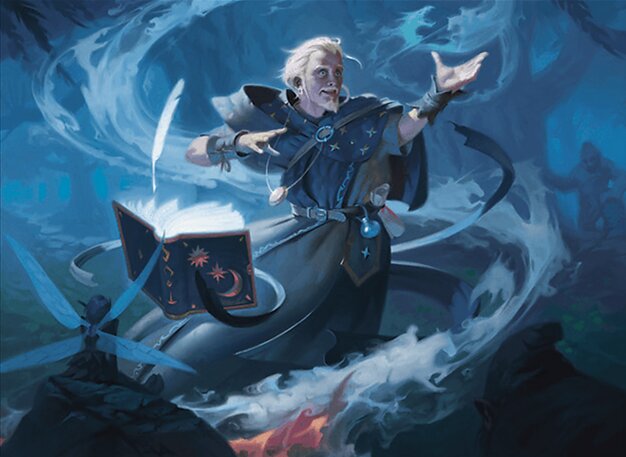
Chulane, Teller of Tales
Cast creatures to draw cards and ramp lands, then bounce creatures to replay them for repeated value and board development.

Juri, Master of the Revue
Cast many one-mana spells and sacrifice permanents to grow Juri with +1/+1 counters and deal damage when Juri dies.
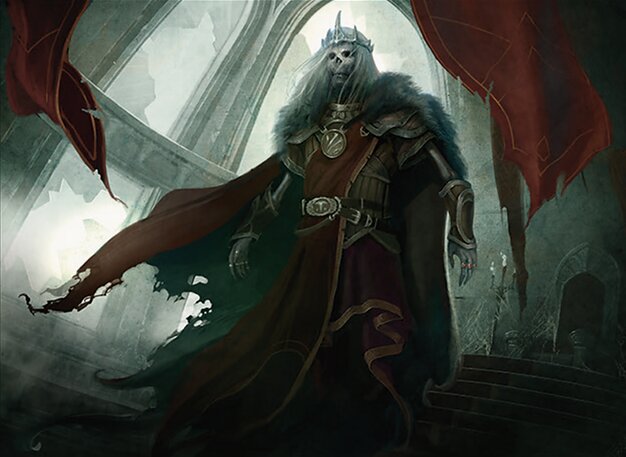
Nekusar, the Mindrazer
Force all players to draw additional cards each turn and deal damage whenever opponents draw, aiming to win through incremental burn damage.

Tadeas, Juniper Ascendant (Dhalsim)
Utilize reach creatures and combat damage triggers to draw cards and control the board by leveraging evasive attacks.
Gameplay Insights
- 1
Chulane’s use of casting and bouncing creatures repeatedly provided card draw and ramp, enabling steady board development.
- 2
Juri’s deck capitalized on a suite of one-mana spells combined with sacrifice outlets to grow power and apply pressure.
- 3
Nekusar’s damage and card draw synergy forced players to carefully manage their draws to avoid taking excessive damage.
- 4
Dhalsim’s focus on reach and evasive combat damage created opportunities for card draw and board control, but required careful timing.
- 5
Players prioritized mana fixing and early board presence over immediate aggressive combos, leading to a strategic midgame buildup.
Notable Cards
-
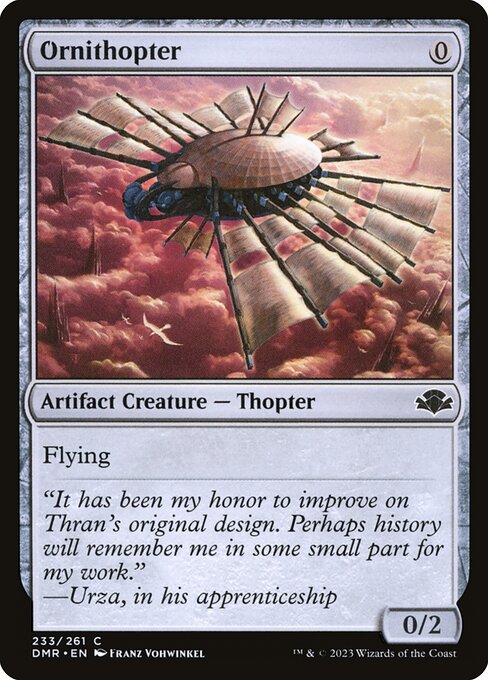
Ornithopter
-
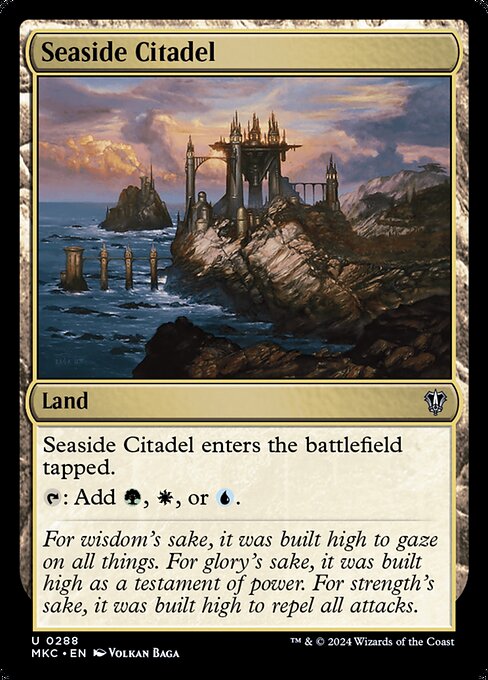
Seaside Citadel
-
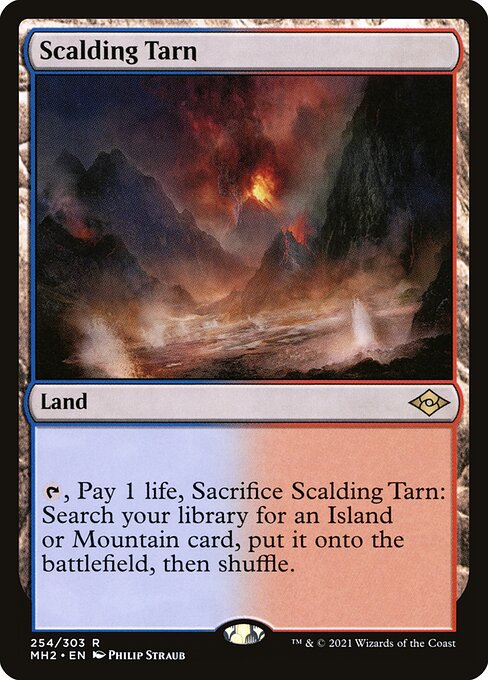
Scalding Tarn
-

Steam Vents
-

Fortified Village
-
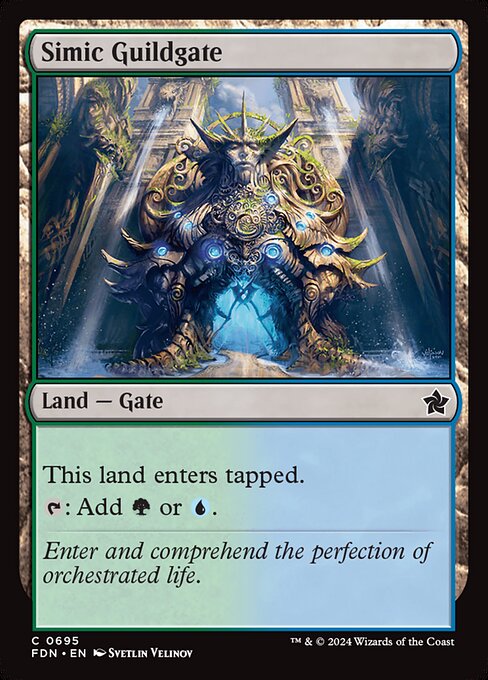
Simic Guildgate
-

Command Tower
-

Terramorphic Expanse
-
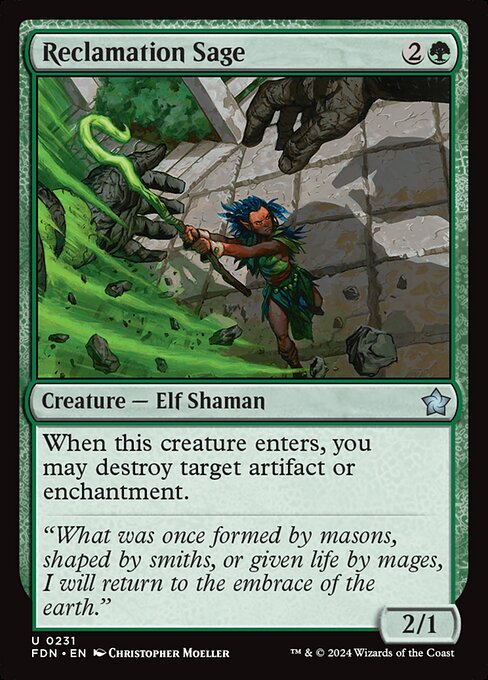
Reclamation Sage
Gameplay Summary
The game featured a four-player Commander showdown with Chulane, Juri, Nekusar, and Dhalsim as commanders.
Early turns were focused on setting up mana bases and playing low-cost creatures to build board presence.
Chulane aimed to leverage creature spells to draw cards and ramp lands, while Juri sought to grow through sacrificing permanents and casting many one-mana spells.
Nekusar applied pressure by forcing opponents to draw extra cards and take damage from his ability, setting up potential burn damage over time.
Dhalsim focused on reach creatures and combat damage triggers to draw cards and control the board. Key turning points included early ramp plays and creature deployments, with Chulane repeatedly bouncing and recasting creatures to generate value and ramp.
Juri’s strategy of sacrificing permanents to grow and deal damage added a layer of aggression and board control.
Nekusar’s ability to punish opponents for drawing cards created tension and forced cautious play.
Dhalsim’s reach and evasive combat strategy aimed at drawing cards and maintaining board presence, although he faced pressure from multiple fronts.
The game’s progression was marked by incremental board development and positioning rather than early explosive combos, with players maneuvering for advantage through card advantage and tactical creature interactions.






![Ep 1: Jarred v Jedit v Elas v Jaxis commander / [EDH gameplay] thumbnail](https://i.ytimg.com/vi/fOXepOqTRcA/sddefault.jpg)
!["Battle of the Commanders" EP: 2 Anje vs Zur vs Jedit vs Phabine [EDH Gameplay] thumbnail](https://i.ytimg.com/vi/ZmDQKhu_A_M/sddefault.jpg)
!["4 Player Commander Showdown "- Ep: 3 Hazezon v Dihada v Willowdusk v Raffine [EDH Gameplay] thumbnail](https://i.ytimg.com/vi/BiDOJLw7a3I/sddefault.jpg)
![All will be one! EP: 4 Prosper v Neyali v Ixhel v Karumonix [EDH gameplay] thumbnail](https://i.ytimg.com/vi/1rB3FW952-4/sddefault.jpg)
![Ep: 5 Tawnos v Yuriko v Purphoros v Urza [EDH gameplay] thumbnail](https://i.ytimg.com/vi/ovuvwBzAQ1U/sddefault.jpg)
![Ep: 6 Myrel v Liesa v Kess v Falco [EDH gameplay] thumbnail](https://i.ytimg.com/vi/Au02HpcLJGA/sddefault.jpg)

![Ep: 8 Xira v Atraxa v Goblinson v Akiri [EDH gameplay] thumbnail](https://i.ytimg.com/vi/vRfqRDjvoXs/sddefault.jpg)

![Knightly Showdown EP: 11 Gisa v. Imoti v. Sidar Jabari v. Syr Gwyn [EDH gameplay] thumbnail](https://i.ytimg.com/vi/P8KX_caip9U/sddefault.jpg)







![Juri Aristocrats vs. Light-Paws Auras [Duel Commander-EDH] - Magic: The Gathering thumbnail](https://i.ytimg.com/vi/DALkmfsyCSw/sddefault.jpg)
![Juri Aristocrats vs. Eleven & Will [Duel Commander-EDH] - Magic: The Gathering thumbnail](https://i.ytimg.com/vi/7s_bqTkh8x4/sddefault.jpg)



![Commander VS S3E9: Nekusar vs Karona vs Xenagos vs Kiki-Jiki [MTG: Multiplayer] thumbnail](https://i.ytimg.com/vi/meqwIXTAv34/sddefault.jpg)



















![Commander VS: Ghoulcaller Gisa VS Torbran VS Chulane VS Sisay [From SCGCON] thumbnail](https://i.ytimg.com/vi/D0eveMMHDz0/sddefault.jpg)
![Commander VS S17E3: Korvold VS Alela VS Chulane VS Syr Gwyn [Brawl] thumbnail](https://i.ytimg.com/vi/Pa8JzkN1leY/sddefault.jpg)




